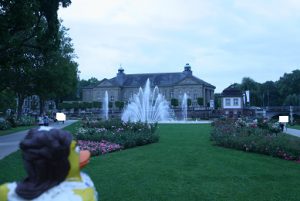
Bad Kissingen maybe is Germanys most known Spa, even ahead of Baden Baden. It is situated in the Region close to the low mountain range areas Spessart Mountains, Röhn mountains and Thuringian Forest and by that is surrounded by forests, mountains and nature parks. Not far south of it starts the Franconian Wine land and the wineries along the Main River.
Kissingen was officially turned into a town by Wittelsbacher Duke Ludwig IV. (later emperor) Ludwig der Bayer 1296.
Salt was produced here since 1200 years and the first built healing fountain was mentioned 1520.
The Bishop and ruler from Würzburg and Bamberg Friedrich Karl von Schönborn-Buchheim 1737 initiated the creature of this Spa town which should compete with Karlsbad and other Great World Spas.


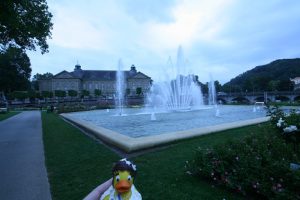
It was then later promoted by the Wittelsbacher,
The healing forces of the springs however were already mentioned 823. This new fountain was enclosed 1815 by Wittelsbacher King Max Joseph I. when its name was changed to “Maxbrunnen”.
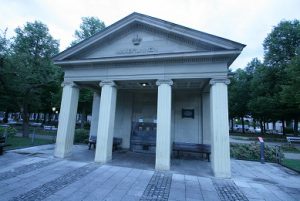
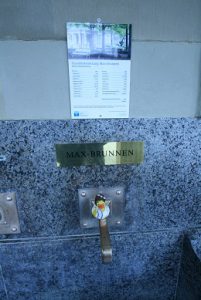
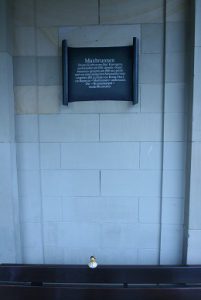
Especially King Ludwig I. with his famous court architect Friedrich von Gärtner did a lot for this town.

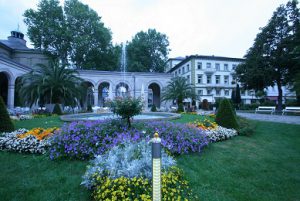
Bad Kissingen received a train connection from Schweinfurt under King Ludwig II. 1883 King Ludwig turned the name of Kissingen into Bad Kissingen to give it the appropriate importance. 1890 all houses in Bad Kissingen were connected to a sewage system as first town in Bavaria. The giant Spa halls along the park at the Franconian Saale River in Belle Epoque stile allow walks of more than 1 km covered under warming and in summer cooling roofs.

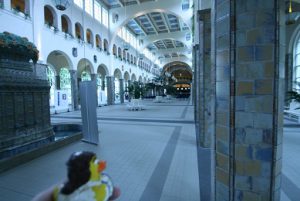

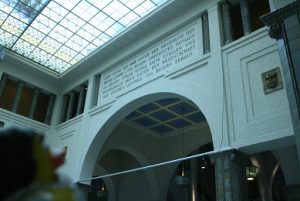
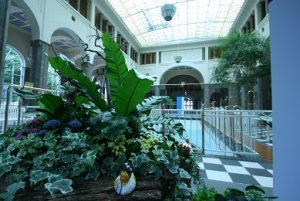
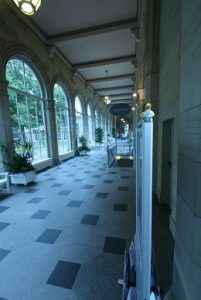
Classical Music is played in the Halls. Bad Kissingen put up many famous people who came her for pleasure or cure such as Alfred Nobel. Tsarina Alexandrowna met Wittelsbacher King Ludwig II. here 1868. Reichskanzler Otto von Bismarck drafted his Kissinger Diktat here, a concept describing a more defensive, balancing foreign politics of Germany in the middle in between other forces in Europe.
Henry John-Heinz (ketchup, H. J. Heinz Company, related with Donald Trump, ketchup was strategic material and therefor Heinz a important war participant) was surprised here of the outbreak of WWI 1914 and was arrested as POW but could flee to Holland and return to the USA….Your Willy arrested Cousin Heinzy, now I am King and I impose tariffs, Girls are not allowed to join the game…..
Empress Elizabeth of Austria (Sissi) was here several times, her husband Emperor Franz Joseph too. Sissi hiked a lot in the town and bothered her court ladies who had to join for formal reasons but who were not as fit as she was.

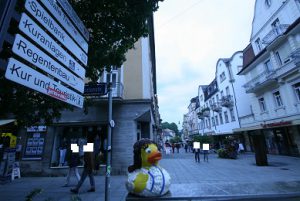
She is commemorated with a relief on a mountain she went up frequently. Reichskanzler Bismarck was here several times and escaped a assassination attack here in town 1874 as the Lutheran Prussians were not too popular in Bavaria. There is also a Bismarck tower in town on a hill. Czar Alexander II. was here and many more.
Another important historic aristocrat after whom a healing fountain is named in Bad Kissingen is Franz II. Rákóczi although he was never here in Bad Kissingen but he was popular, good looking and good for marketing. He was the richest Hungarian aristocrat and involved in revolts against the Habsburg rulers. He is commemorated with a statue in the pedestrian zone in the Spa Garden, a equestrian Event, a big Ball in summer, a Parade, People dressed up in historic costumes and a Festival each year.
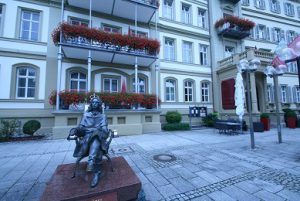
A national hero in Hungary. This march , kind of like the unofficial Hungarian anthem was dedicated to him. And this march was dedicated to Prinz Eugen from Austria who defeated the Turkish where Rákóczi was searching asyl after he had backed the Frensh side in the Spanish Heritage war. But he gained some priviledges for the Hungarians.
Another important fountain is the Prinzregent Luitpold fountain which was drilled 1908, opened 1913 and dedicated to Wittelsbacher Prinzregent Luitpold, uncle of Wittelsbacher King Ludwig II. and farther of the last Bavarian King Ludwig III.
On the Scheinberg (401 m) stands another memorial to commemorate the important promotion of the Wittelsbacher Dynasty, the Wittelsbacher Tower, built by the people of Bad Kissingen. With a brewery next door and a restaurant.
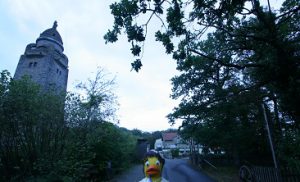
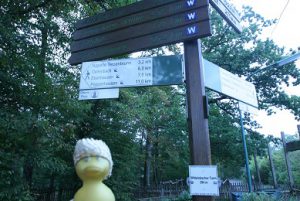
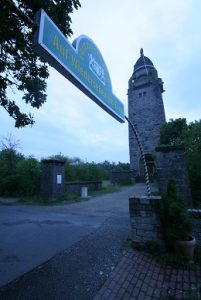
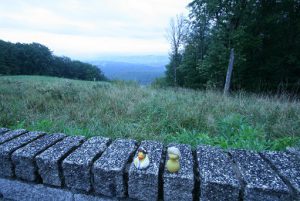
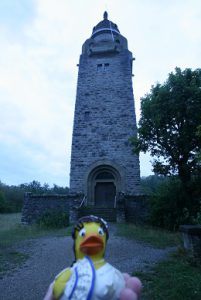
The idea to build the tower came up 1900 and construction started 1906 in the year of the hundredth big birthday of the Bavarian Kingdom. It was finished 1907, not though the later also planned memorial for the soldiers killed in action in WWI. The Tower also appears on a own wagon during the annual Rakoczy Festival.
Bad Kissingen is also on the Application list to become a UNESCO World cultural heritage “Great Spas of Europe”. Bad Kissingen, promoted by the Wittelsbacher received visitors in the 19th century by many aristocrats like from Austria, Vienna or Russia (all related).
It is a “Staatsbad” (Spa now owned by the state of Bavaria; and also carries the title „Weltbad„.
Credit: Maps Icons Collection, thttps://mapicons.tmapsmarker.com
851 total views, 1 views today